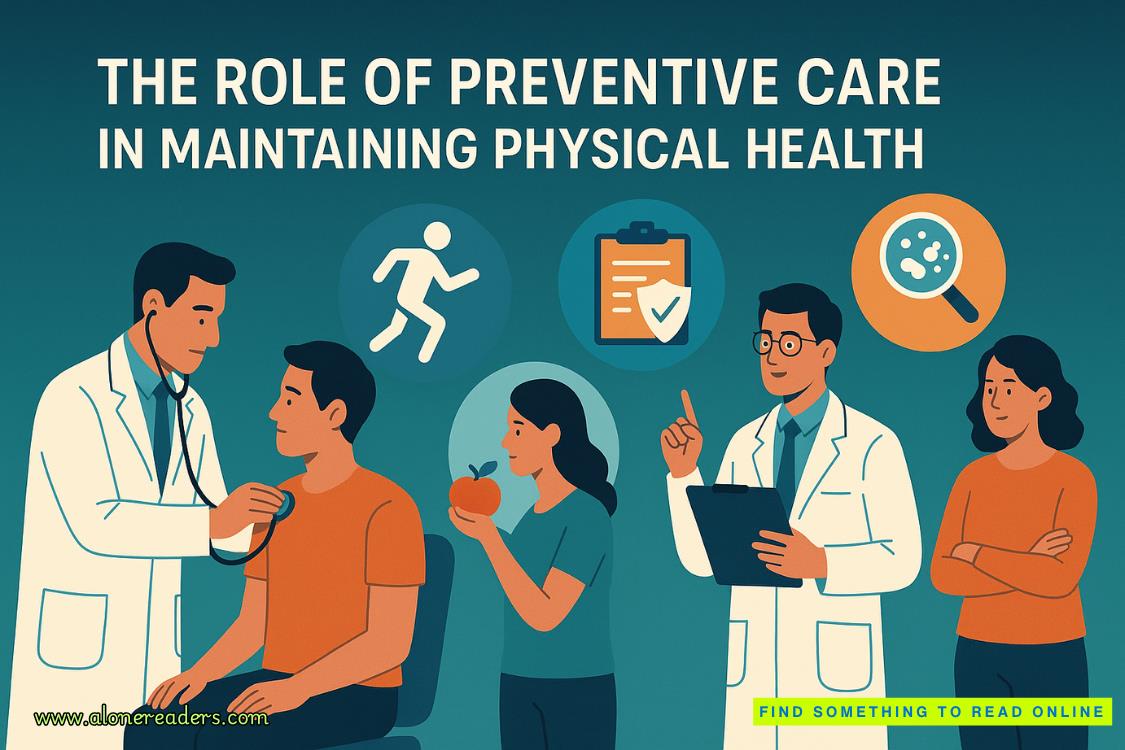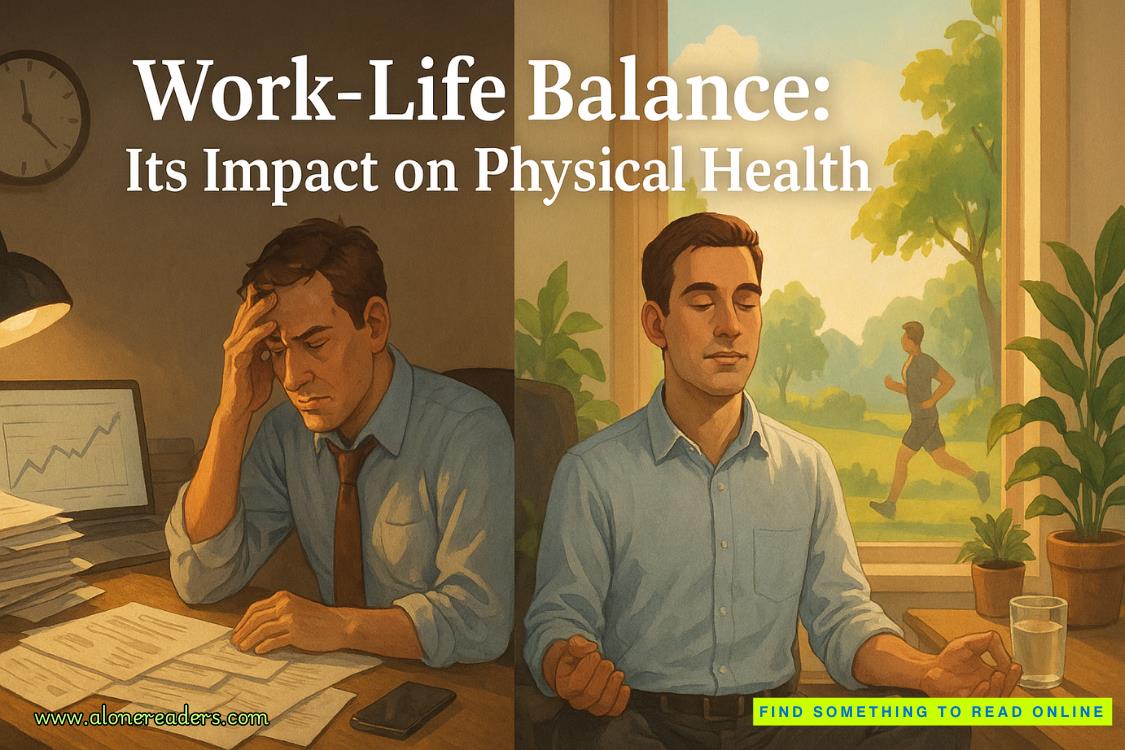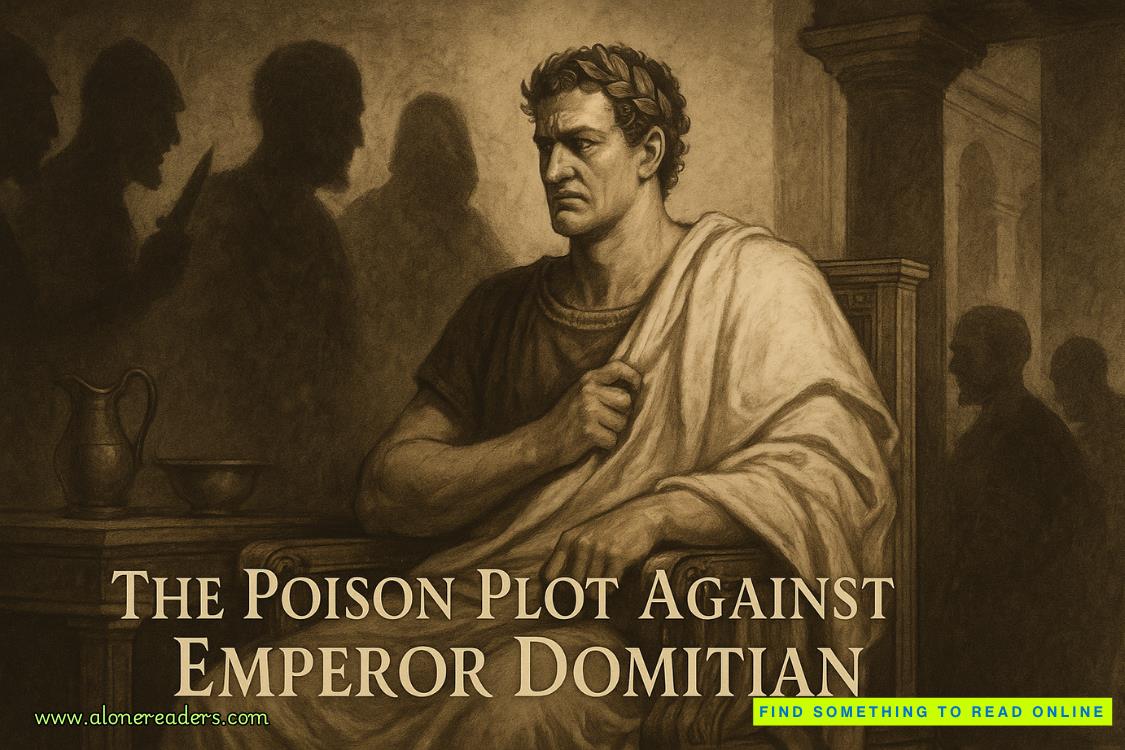Page 88 of Sinful Palace
“Okay.”
“The first is what I’d call the safe option. It’s the one most patients choose. It involves regular talk therapy sessions.”
“Talk therapy?” I knitted my brows. “So we literally just sit and talk?”
“Yes. It’s just us in a safe space, talking about all of your experiences and feelings. It can help to slowly unravel memories that are hidden somewhere in your mind, because as you talk about it and work through your feelings, the memories are able to come to the surface. When you’re ready to start remembering, that is.”
“How long does that take?” Logan asked.
Myla hesitated. “It can take months. Sometimes years. That’s if it even works at all. Even though it’s the safest option, it doesn’t have a particularly high success rate.”
My shoulders drooped. “Oh. What about the other option?”
“The other one can be much more effective, but it’s quite controversial,” Myla said, lowering her voice. “My old clinic was one of the only places in the city that offered it.”
“How is it controversial?” Logan asked, narrowing his eyes.
“I’ll explain. It involves a combination of things.” Myla paused to reach into her handbag, and she brought out a small tube. “See this nasal spray? It contains a micro-dose of a synthetic drug similar to dimethyltryptamine.”
“What’s that?”
“It’s a naturally-occurring psychotropic drug. The synthetic one that we use is similar, but it’s far milder, and unlike DMT, it’s actually legal.”
“Does psychotropic mean it’s like LSD or magic mushrooms?” I said, eyes widening.
Myla smiled. “Not exactly, no. It has a much quicker onset and a shorter duration of action—around fifteen minutes. Also, a micro-dose won’t make you hallucinate wildly and trip out like you see in the movies.”
“Then what does it do?”
“It puts your brain in a similar state as the one it gets into when you’re dreaming. Opens things up, in a manner of speaking.”
“And that helps people remember things?” I asked.
She tilted her head to one side. “Sort of. Let me explain the other factors in this form of therapy first. What happens is: I give the patient the micro-dose and make them lie down. Then I use a form of suggestion and visualization to induce a state similar to hypnosis. This, coupled with the effects of the drug, can help the patient access old memories that are hidden away somewhere in the mind. They see it all playing out in their mind, just like a dream.”
“That all sounds very sci-fi,” I said, raising my brows.
“I know. Like I said, it’s pretty controversial.”
I rubbed the back of my neck. “So… when people do this, they can remember things right then and there instead of waiting for months?”
Myla held up a palm. “Yes, but before you make any decisions, you need to know it’s not a hundred percent effective. Everyone has different brain chemistry. Some people don’t actually remember anything at all. They just have something akin to a dream, and they know it’s definitely not a memory. Others feel like their memories are flooding back, but then it fades away as they come out of the trance, and they forget it all over again. It’s similar to the way you forget dreams after you wake up in the morning.”
“Oh.”
“That’s why I put patients in the hypnotic state—it’s so I can get them to talk their way through the whole experience. That way, even if they forget it again, it’s all recorded anyway. Then we can use those recordings with the aforementioned talk therapy to help them fully recover the memories once and for all.”
“What’s the catch?” Logan asked. “You said the other one is the ‘safe’ option, so does that mean this is dangerous in some way?”
Myla shook her head. “Not at all. It’s just the fact that it involves a small dose of this drug. That can put people off, because they grow up hearing all sorts of horror stories about psychotropic substances. In reality they’re actually very safe in small doses. They’re even testing micro-doses of LSD on people with severe depressive disorders at the moment, and it’s working very well.”
“Wow.”
“Having said that, there can be an issue with this particular form of therapy,” she said. “It can be pretty serious, too.”
I frowned. “What is it?”
“Because of the dream-like state it puts your mind in, there’s quite a high rate of false memories. The problem there is: it’s impossible to distinguish real repressed memories from false ones without corroborating evidence.”















